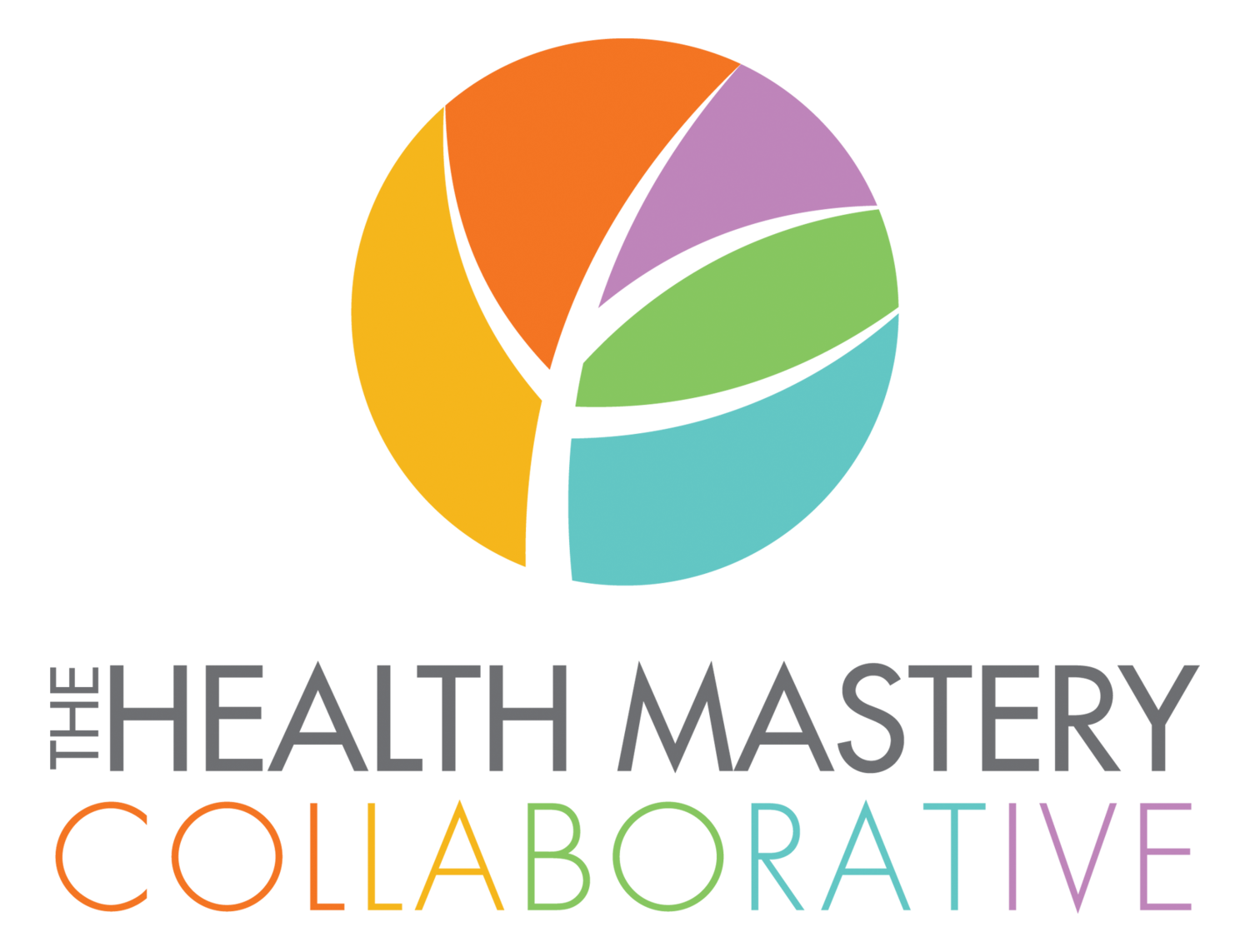How to deal with burnout
One step that makes a difference
Reading time: 2:36 minutes
A few days ago, I met this bright young lady at a coffee shop who, further down our conversation, asked me the following question "How to deal with burnout?" That was the most challenging question I ever had to answer on the spot, and looking back, she inspired me to expand here for you all who suffer from burnout or want to understand the complexity of it.
This lady was passionate about her work and her study in AI and appeared to approach her subject with a pearl of humanistic wisdom. In a word, she cared. However, she mentioned feeling overwhelmed by the perceived need to be always right: right in the content she provided, right in the timing of delivery and right in the outcome expected from her. She also said she was aware of the benefits of self-care in reducing stress, but she couldn't keep going with self-care activities in the longer run.
Does it sound familiar? It certainly did for me as I was looking back at my journey. So I closed my eyes, reconnected with my transformational path, and gave her this short answer straight from my heart.
Burnout is an emotional state whereby we let external events control what we do, think and feel. Bit by bit, we are stepping further away from who we are to please the outside world just because we care. If there is only one remediation action, it is to take some time and space in our lives, to sit with ourselves and reconnect with our core values; so we interact with the outside world without compromising our authenticity yet interacting with compassion.
Time and space for self-reflection can take any form and shape. It is the result of assessing what works for you. You may try different settings - like a 30-minute walk during lunch break or a 10-minute breathing exercise in the morning or the evening - ultimately, it will be your routine, not someone else's.
However, be prepared for the ups and downs because self-reflection is challenging. As you peel off the protective layers, you get closer to your true self, and this is where emotional release happens. Be prepared to receive these moments as a blessing because you enter the so-called self-healing process.
Because self-reflection is a challenging process, there will be times when you are going to feel like stopping it and breaking your self-care routine. It is perfectly natural. There is no need to blame yourself. Instead of being reactive, be proactive by scheduling your self-care activity in your diary as if you were going to a meeting someone you love and admire, someone you look forward to knowing; yourself!
Finally, because life is energy and energy is continuously moving, you may feel like changing your self-care routine, and that is alright. You may change the activity itself or the timing of it. Just do it and carry on. Sooner than you think, your effort will pay off, and you will feel much better.
It was my short answer to this wonderful lady who seemed to have connected with it. I thank her for inspiring me to deepen a subject close to my heart. I may never meet her again, but I will always remember her. I wish her a successful yet fulfilling life.
This first step may make a big difference for some people, but it may not be enough for others. It depends on how long they have experienced the burnout state and how far it has impacted their physical and psychological health. Hence my decision to explore this subject more from a therapeutic point of view in the following article(s).
Feel free to engage in a conversation by posting a comment, sharing this article with someone who may need it, or signing up to be the first to hear about the next release of our Burnout series.


